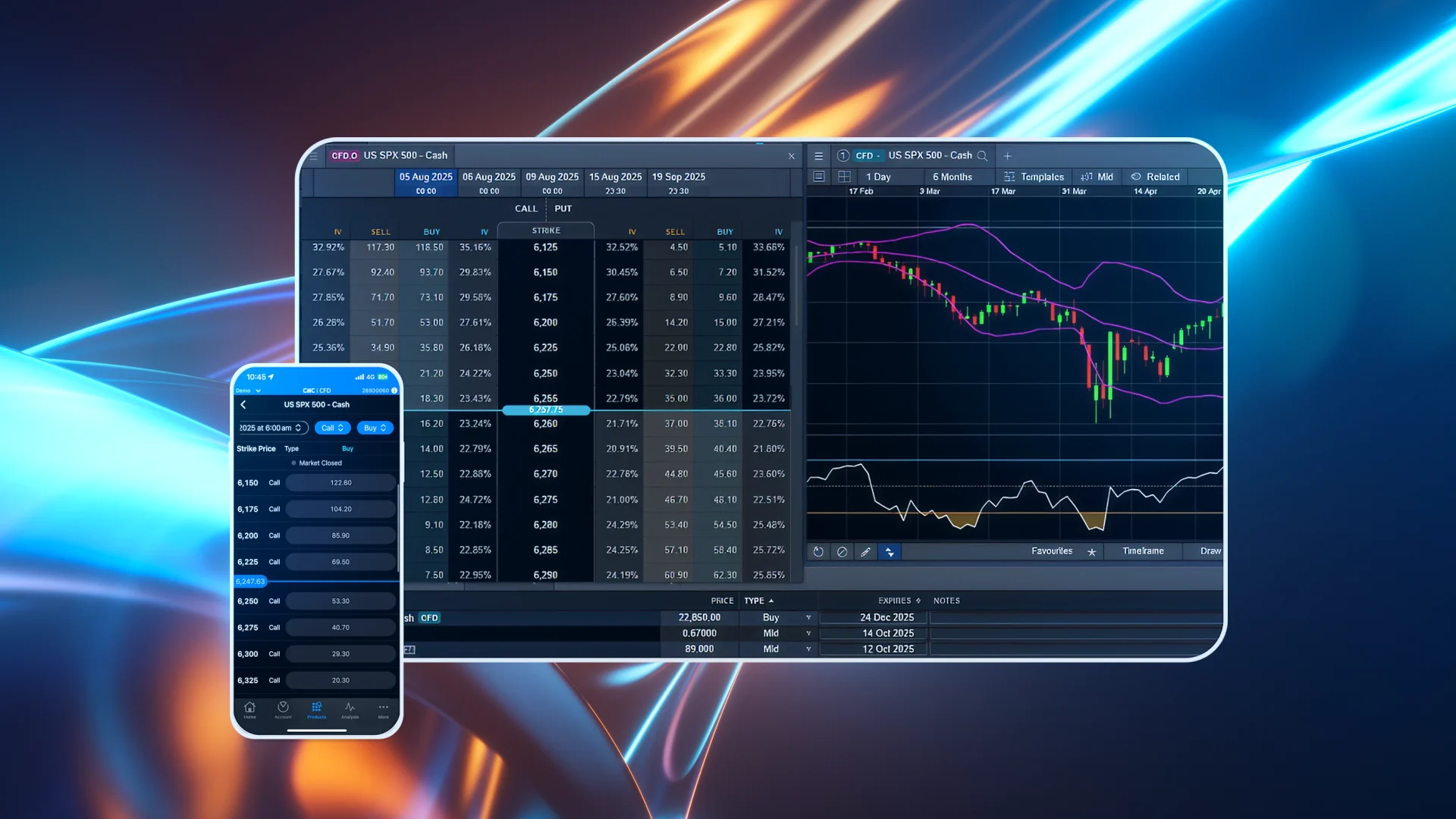Australia dollar feels coronavirus jitters
The Australian has been hit by a fresh bout of market jitters as grim forecasts for the length and depth of the coronavirus pandemic tested investor appetite for risk.
The Aussie is managing to stay around 60.68 US cents, having fallen almost one per cent overnight to as low as 60.39 US cents, and it’s been struggling to get above 62.15 US cents that is reached earlier in the week..
The New Zealand dollar stands at 59.15 US cents, after slipping 0.7 per cent overnight to as low as 58.80 US cents, and some way from the recent top 60.67 US cents.
The Antipodean economies have been hit hard by international travel curbs and strict social distancing, with Australia’s government warning restrictions could last for six months.
Gareth Aird, a senior economist at CBA, fears Australia’s economic output (GDP) will shrink by a record 7.5 per cent in the second quarter, from the previous quarter, and by 3.4 per cent for all of 2020.
As a result, the budget deficit will blow out to around $A72 billion for the year to June, or 3.7 per cent of GDP, and to a staggering $A155 billion.
To pay for all of this, government debt would balloon by $A270 billion by June next year and take total bonds outstanding to $A790 billion, or 40 per cent of GDP.
With a tidal wave of debt coming, analysts said it was just as well the Reserve Bank of Australia was operating in the secondary market to buy bonds.
It offered to pick up another $A2 billion of 2024 to 2027 paper on Thursday, choosing to buy even though the market had already taken three-year yields to record lows of 0.219 per cent.
Traders said the market was testing how flexible the central bank intended to be about its 0.25 per cent target for three-year yields . The bank has said the target was not absolute and yields could trade “around” that level.
“We doubted the RBA would declare ‘mission accomplished’ and not come to the market,” said David Plank, head of Australian economics at ANZ.
“We think the decision to continue purchasing is very important,’ he added “It provides ongoing support for the market and signals that the RBA wants to see further flattening in this part of the curve.”







